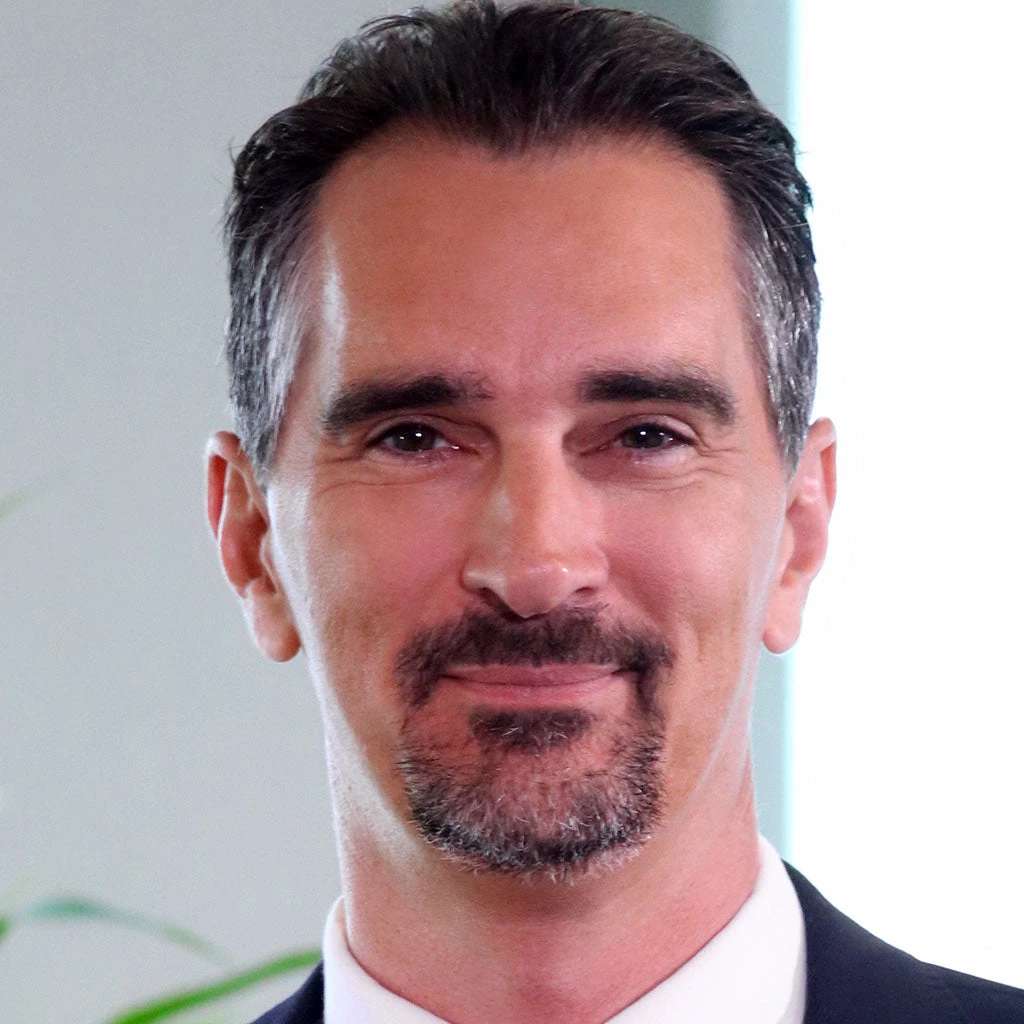 Since Mexican economist Victor Urquidi used the term “human capital” in 1949, investing in people has become foundational to development policy. Copyright: World Bank
Since Mexican economist Victor Urquidi used the term “human capital” in 1949, investing in people has become foundational to development policy. Copyright: World Bank
In 1949, long before “human capital” became a fixture in economic thought, a World Bank economist used the term in a way that feels surprisingly modern. His name was Victor Urquidi.
Writing in the Bank’s Report on the Economy of Venezuela, Urquidi observed: “[I]t is clearly realized that without roads, port construction, airports and water supply facilities the country could not progress rapidly. In addition, large amounts are being spent on schools, hospitals and sanitary construction, as well as on low-cost housing, that are in effect investments in human capital, which must in the long run (and in many cases in a short period of time) result in increased productivity.”
This very first use of the term in a World Bank document came in an era when economists focused almost entirely on physical assets like factories, roads, and ports.
Today, human capital is central to how the World Bank thinks about development. But Urquidi’s use of the term predates its mainstream adoption by more than a decade.
Early economic thinkers did recognize the concept: Adam Smith included “acquired and useful abilities of all the inhabitants or members of the society” in his definition of capital in his 1776 Wealth of Nations. And Alfred Marshall wrote, “The most valuable of all capital is that invested in human beings” in his 1890 landmark Principles of Economics.
But it wasn’t until Theodore Schultz’s 1960 presidential address to the American Economic Association (AEA) that the concept gained steam. In that speech, Schultz declared, “Truly the most distinctive feature of our economic system is the growth in human capital.” As this Google Ngram chart shows, usage of the term was extremely uncommon at the time of Urquidi’s report and only took off in the 1960s, following Schultz’s address.
Frequency of the Term “Human Capital” from 1920 to 2020

Source: Google
Urquidi’s 1949 insight stands out not just for its timing, but for its clarity. He framed social spending as a deliberate investment in people—a view that has since become foundational to development policy. His words foreshadowed the work of Schultz, Gary Becker, Jacob Mincer, and others who would later extend the theory and empirics of human capital.
So who was this forward-looking economist?
Born in Paris to a British father and Mexican mother, Urquidi studied at the London School of Economics before joining Mexico’s delegation to the Bretton Woods Conference at just 25 years old. He later joined the World Bank and went on to become one of Mexico’s most influential economists and serve as president of the Colegio de México. (Here’s an interview from 2000 with him about his remarkable career.)
Urquidi’s framing continues to echo through the World Bank’s work. In 2018, the Bank launched the Human Capital Index (HCI), enabling countries to measure how investments in health and education affect future productivity. The Human Capital Project builds on the HCI by helping to inspire and influence investments in human capital across the lifecycle.
Urquidi saw what many didn’t: that people are a nation’s greatest asset. Long before the term became common, he made the case that human capital is a roadmap for smarter development.
To receive weekly articles, sign-up here


Join the Conversation